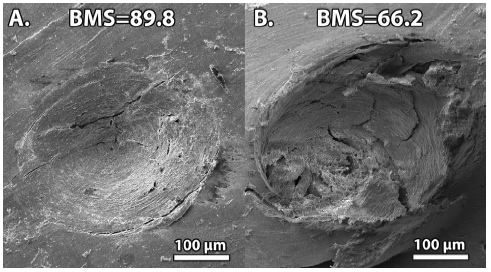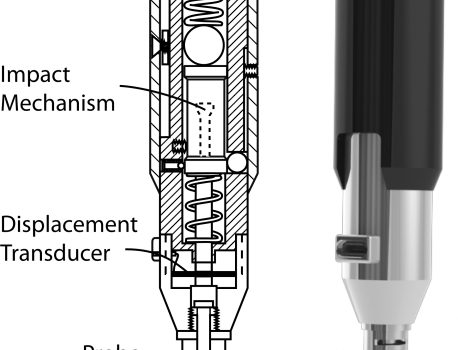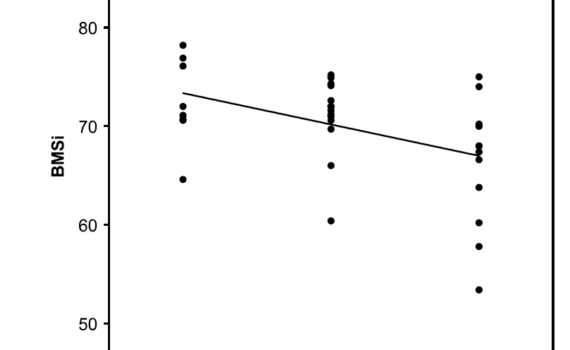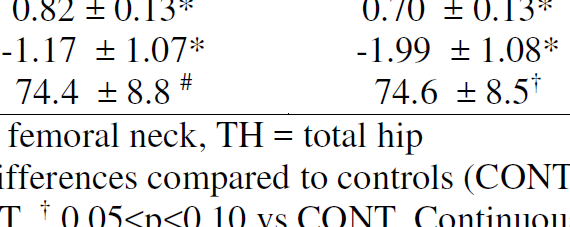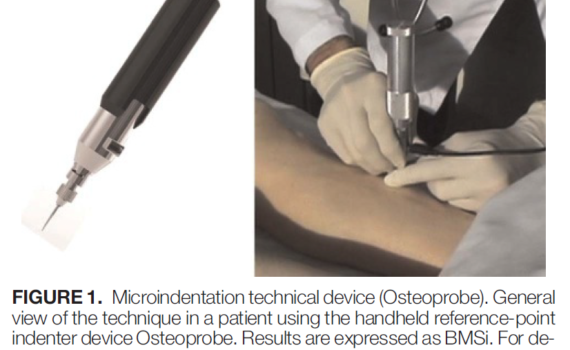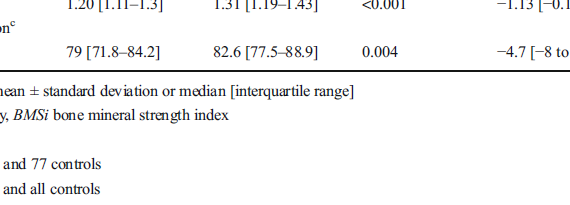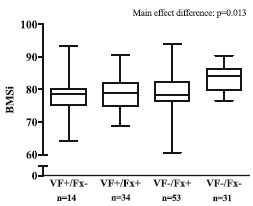Comment on In vivo assessment of bone quality in postmenopausal women with type 2 diabetes. [J Bone Miner Res. 2014] https://www.ncbi.nlm.nih.gov/pubmed/24496824 J Bone Miner Res. 2014 Apr;29(4):784-6. doi: 10.1002/jbmr.2189.
OsteoProbe
Abstract A novel, hand-held Reference Point Indentation (RPI) instrument, measures how well the bone of living patients and large animals resists indentation. The results presented here are reported in terms of Bone Material Strength, which is a normalized measure of how well the bone resists indentation, and is inversely related […]
Abstract Here we describe a novel, hand-held reference point indentation (RPI), instrument that is designed for clinical measurements of bone material properties in living patients. This instrument differs from previous RPI instruments in that it requires neither a reference probe nor removal of the periosteum that covers the bone, thus […]
Abstract Bone adapts to loading in several ways, including redistributing bone mass and altered geometry and microarchitecture. Because of previous methodological limitations, it is not known how the bone material strength is affected by mechanical loading in humans. The aim of this study was to investigate the effect of a […]
Abstract The aim of the study was to test, whether bone material strength differs between different subtypes of osteoporotic fracture and assess whether it relates to vertebral fracture severity. Cortical bone material strength index (BMSi) was measured by impact microindentation in 66 women with osteoporotic fracture and 66 age- and […]
Abstract We tested whether cortical bone tissue properties assessed by in vivo impact microindentation would distinguish postmenopausal women with recent distal radius (DRF) or hip fracture (HF) from nonfracture controls (CONT). We enrolled postmenopausal women with recent DRF (n = 57), HF (n = 41), or CONT (n = 93), and used impact microindentation to assess […]
Abstract BACKGROUND: Bone mineral density (BMD) measured by dual-energy x-ray absorptiometry is used to assess bone health in kidney transplant recipients (KTR). Trabecular bone score and in vivo microindentation are novel techniques that directly measure trabecular microarchitecture and mechanical properties of bone at a tissue level and independently predict fracture […]
Abstract Bone health is assessed by bone mineral density (BMD). Other techniques such as trabecular bone score and microindentation could improve the risk of fracture’s estimation. Our chronic kidney disease (CKD) patients presented worse bone health (density, microarchitecture, mechanical properties) than controls. More than BMD should be done to evaluate […]
Abstract Type 2 diabetes mellitus (T2DM) is associated with an increased risk of fractures according to several studies. The underlying mechanisms remain unclear, although small case-control studies indicate poor quality of the cortical bone. We have studied a population-based sample of women aged 75 to 80 years in Gothenburg, randomly […]
Abstract We evaluated the relationship between bone material strength index (BMSi) and fragility fractures, including vertebral fractures. Our data showed that BMSi is low in all fracture patients with low bone mass, independently of whether patients sustained a vertebral or a non-vertebral fracture. INTRODUCTION: Impact microindentation (IMI) is a new […]


